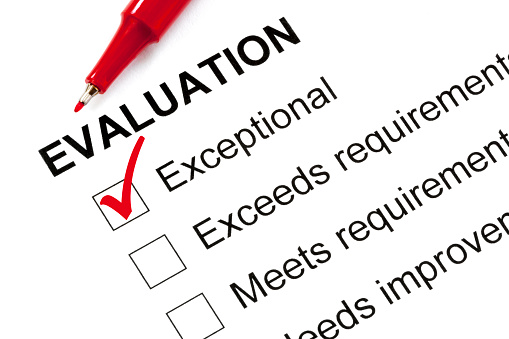How to Effectively Evaluate, Identify and Develop Leadership for the Present and Future
By Theresa Ashby
As a hard-working owner of your growing corporation, you have a tremendous amount of responsibility on your shoulders – including the complex task of ensuring your leadership team has the right candidates for each position. But, with so many factors at play, in the constant day-to-day maneuvering of company interests and goals, curating the right staff at the right time for any organization is not a process that should ever be done in haste. After years of research and an in-depth analysis of the corporate C-suite, I have developed vital tips to help forward-thinking executives cultivate effective teams, geared to offer the company both short-term and long-term results:
Understanding the Status and Infrastructure of Your Company
As you take a look at your current talent, and analyze markets you are in or want to serve, it is important to evaluate the current infrastructure and examine where the company is in its life cycle. For example, are you a startup or a mature corporation? What are the directives of your ownership? Is there a projection you need to hit by the end of the quarter/year? These are the major questions to keep in mind while putting together (and maintaining) a roster of professionals that you will be relying on. No matter what the answers are, you will definitely need to find suitable employees who can help you achieve company goals. Understanding such basics will help you create the right talent pool that serves the current and future needs of the organization.
Once you know your company’s growth strategy, it is then time to evaluate each position on the executive team and examine positions throughout the entire organization. A part of talent management is deciding which person, currently on staff, has the abilities to take the organization to the next level, and which person, with focused development, can be successful in the changing environment. Unfortunately, hard decisions will need to be made about the employee on the executive team who should be replaced or moved to a different position. Further, you will need to evaluate the possibility of adding new roles that were not a part of your previous organization chart. There must be a constant evaluation to ensure you are placing the right people in the right roles. Performed annually, this type of analysis is extremely helpful in keeping the team streamlined, focused and in line with the company’s forward movement and overall mission.
Evaluating Talent and Ensuring “Bench Strength”
When evaluating talent, you MUST consider your organization’s bench strength, which refers to the notion that current employees should be able to effectively fill the roles of others who have moved on, either by promotion or through finding another opportunity elsewhere. However, many organizations have not identified or nurtured enough people to be called up from the “bench,” and as many of us have seen in professional sports, the “bench” can either make or break a team. It is a concept that works similarly in the corporate world. Without a solid sense of bench strength, your entire company is at risk for having critical vacancies, leading to a possible disruption crisis. A great place to begin understanding your bench strength is by meeting with and evaluating your own employees. After all, one would hope that any dedicated employee of the company has a better grasp of its needs and functions than potential newcomers. A true evaluation of the organization’s needs, including an examination of your bench, often helps to point out gaps in skills required to move the company forward. The idea here is to ensure you are making the best possible selection for the overall success of the corporation. Again, it is all about having the right people at the right time, and in the right place.
Developing Your Team
So, you have created the “perfect” leadership crew to take your company to new heights. Now, you need to make sure the road is as smooth as possible by providing them with the right guidance, training and tools to succeed. One key success factor is to develop an individual development plan for everyone, and provide resources that will elevate their performance. This can include pairing team members with mentors or coaches that can offer valuable advice, assist them in developing strategic plans, or help to keep them on track with goals and objectives. You may find such resources within your own company, in the form of experienced employees who have “been there”(your human resources department may be a big help), or through proven executive consulting firms.
Ultimately, creating a superstar C-suite or any team requires an incredible understanding of the ins and outs of your company and the talent currently on hand. Without a solid grasp of your team’s strengths and weaknesses, you are flying blind. From an executive consulting perspective, the best way to understand which moves to make comes from staying connected to strategic imperatives, knowing the day-to-day operations, and merging both with the evaluation of your talent. You are not just staffing up for today; you are planting the seeds for future company growth and success.
Dr. Theresa Ashby, PhD, MBA, is the president and CEO of Dynam Consulting and helps clients create a culture of empowerment by delivering groundbreaking strategic plans and processes. Follow her at @DynamConsulting.







